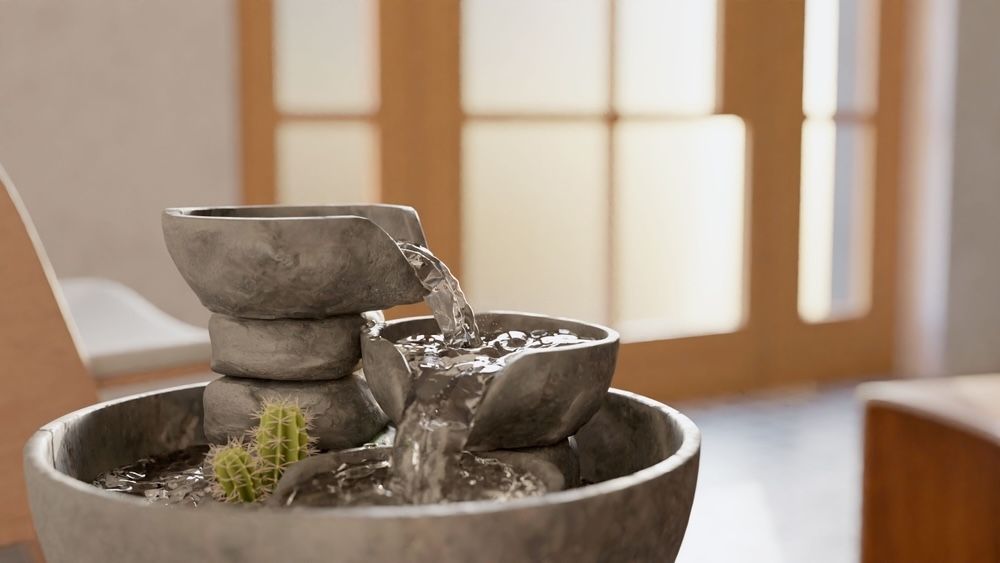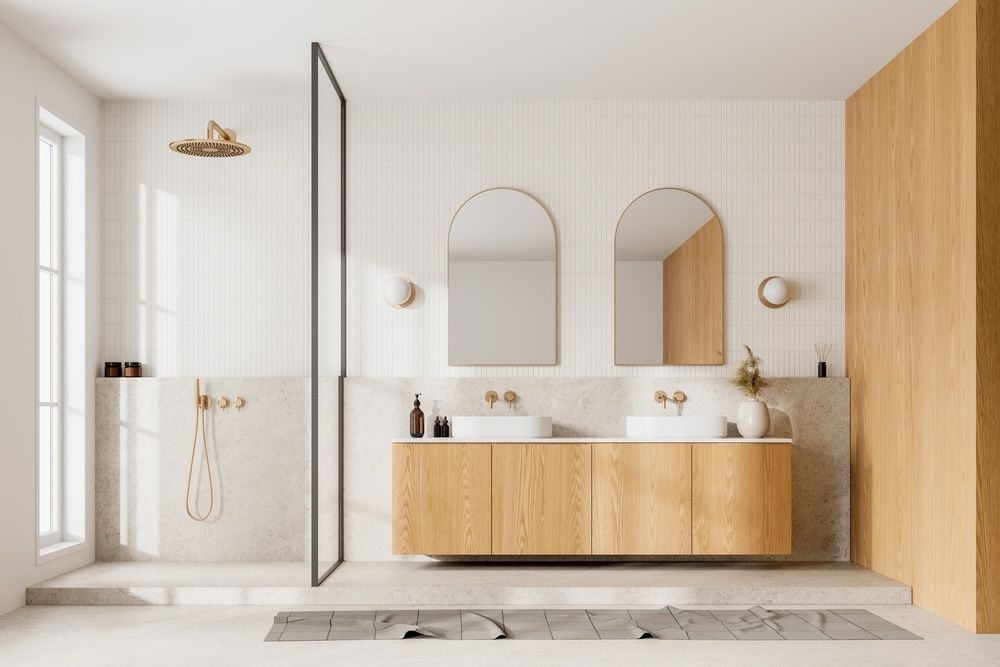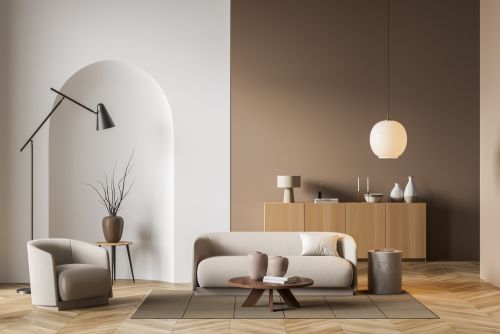Incorporating Biophilic Design: Bringing Nature Indoors

In recent years, the concept of biophilic design has gained significant traction in the world of home decor. This approach, which emphasizes the integration of natural elements into indoor spaces, not only enhances aesthetic appeal but also promotes overall well-being. Biophilic design is more than just a trend; it is a philosophy that encourages a harmonious relationship between nature and the built environment. In this article, we will delve into the principles of biophilic design and provide practical tips on how to incorporate these elements into your home.
Understanding Biophilic Design
Biophilic design is rooted in the idea that humans have an innate connection to nature, known as biophilia. This connection can significantly impact our physical and mental health. By incorporating natural elements into our living spaces, we can create environments that are not only beautiful but also restorative.
Natural Light
Maximizing natural light in your home is one of the most effective ways to enhance mood, productivity, and overall well-being. Natural light helps regulate our circadian rhythms, which in turn affects our sleep patterns and energy levels. Here are some ways to increase the flow of natural light in your home:
Large Windows: Installing large windows can significantly increase the amount of natural light entering your home. Floor-to-ceiling windows, bay windows, or picture windows are excellent options.
Skylights: Skylights are a great solution for rooms that lack wall space for windows. They provide direct overhead light and can transform dark, enclosed spaces into bright, airy ones.
Open Floor Plans: An open floor plan can help light travel further into your home. Removing walls or using glass partitions allows light to flow freely from one area to another.
Mirrors and Reflective Surfaces: Strategically placing mirrors and other reflective surfaces can amplify the natural light in a room. Mirrors can be positioned to reflect light from windows into darker corners.
Light-Colored Walls and Ceilings: Using light colors for walls and ceilings can help reflect natural light throughout the room, making the space feel brighter and more open.
Minimal Window Treatments: Opt for sheer curtains or blinds that can be easily opened to allow maximum light penetration while maintaining privacy.

Plants and Greenery
Integrating plants into your decor is one of the simplest and most effective ways to incorporate biophilic design. Plants not only improve air quality by filtering pollutants but also add a touch of natural beauty to any room. Here are some tips for incorporating plants and greenery into your home:
Variety of Plants: Use a variety of plants to create visual interest and ensure year-round greenery. Consider combining large floor plants with smaller tabletop plants and hanging plants.
Planters and Pots: Choose planters and pots that complement your interior design. Natural materials like clay, terracotta, and wood can enhance the biophilic feel.
Vertical Gardens: If space is limited, consider a vertical garden or green wall. These installations can be a striking focal point and provide a lush, green backdrop.
Low-Maintenance Plants: If you're new to plant care, start with low-maintenance varieties like succulents, snake plants, or pothos, which are resilient and require minimal attention.
Plant Groupings: Grouping plants together can create a more dramatic effect and help maintain higher humidity levels, which many plants thrive on.
Indoor Trees: For a bold statement, consider adding an indoor tree, such as a fiddle-leaf fig or a rubber plant, which can add height and structure to your space.

Natural Materials
Using natural materials in your home decor brings a sense of the outdoors inside, adding texture, warmth, and an organic feel to your space. Here are some ways to incorporate natural materials:
Wood: Wood is a versatile material that can be used in flooring, furniture, and accents. Reclaimed wood is not only environmentally friendly but also adds character and history to your decor.
Stone: Natural stone, such as marble, granite, or slate, can be used for countertops, flooring, and decorative elements. Stone adds a timeless, elegant look.
Natural Fibers: Textiles made from natural fibers like cotton, wool, linen, and jute bring a soft, earthy touch to your home. Consider using these materials for rugs, upholstery, and curtains.
Bamboo: Bamboo is a sustainable material that can be used for flooring, furniture, and decorative items. Its light color and smooth texture make it a popular choice for modern and minimalist designs.
Ceramics: Handcrafted ceramic pieces, such as vases, bowls, and tiles, add a personal and artisanal touch to your decor.
Leather: Leather furniture and accessories can add a rich, luxurious feel. Opt for natural, untreated leather to maintain an organic look.

Water Elements
The sound of water has a calming effect, and incorporating water elements into your home can create a serene and tranquil atmosphere. Here are some ideas for adding water features:
Indoor Fountains: Tabletop or wall-mounted fountains are easy to install and can fit into small spaces. The gentle sound of flowing water can enhance relaxation.
Aquariums: An aquarium can serve as a focal point and provide a soothing visual and auditory experience. Choose an aquarium that fits your space and consider low-maintenance fish and plants.
Water Walls: A water wall is a dramatic feature that can add a luxurious touch to your home. These can be installed indoors or outdoors and provide a continuous flow of water.
Reflecting Pools: For larger spaces, a reflecting pool can create a sense of calm and mirror the surrounding decor, enhancing the overall ambiance.
Water Gardens: Incorporating water plants, such as water lilies or lotus, in a small indoor pond or water feature can add a natural, vibrant touch.

Views of Nature
Designing your home to provide views of natural landscapes can significantly enhance the biophilic experience. Even if direct views of nature are not possible, you can create the illusion of connection with the outdoors:
Large Windows and Glass Doors: Maximize views by using large windows and glass doors that overlook gardens, trees, or landscapes. French doors or sliding glass doors can help bring the outside in.
Balconies and Terraces: If you have outdoor spaces, make them an extension of your indoor living areas. Furnish balconies and terraces with comfortable seating and greenery to create a seamless transition.
Artwork and Photographs: Use artwork or photographs depicting natural scenes to create visual connections to nature. Landscapes, botanical prints, and nature photography can all contribute to a biophilic environment.
Mirrors: Strategically place mirrors to reflect outdoor views and natural light, enhancing the sense of space and bringing the outside in.
Window Treatments: Choose window treatments that frame and highlight views of nature rather than obstruct them. Sheer curtains or blinds that can be fully opened are ideal.
Interior Gardens: Create small indoor gardens or green spaces near windows to provide direct visual access to nature. This can be achieved with planters, vertical gardens, or even a conservatory-style room.

Practical Tips for Incorporating Biophilic Design
Now that we understand the principles of biophilic design, let's explore some practical ways to incorporate these elements into your home:
Create a Green Wall: A vertical garden or green wall can be a stunning focal point in any room. These installations not only look beautiful but also improve indoor air quality.
Use Natural Textiles: Opt for natural fibers such as cotton, wool, and linen for your upholstery, curtains, and rugs. These materials add a tactile element that enhances the biophilic experience.
Incorporate Wood Accents: Wooden furniture, flooring, and decor items can add warmth and a natural feel to your space. Reclaimed wood is an excellent choice for an eco-friendly touch.
Design with Water: Indoor water features, such as tabletop fountains or fish tanks, can create a serene ambiance. Ensure these elements are well-maintained to avoid any negative effects.
Maximize Natural Light: Use sheer curtains or blinds that allow light to filter through while providing privacy. Arrange furniture to take advantage of natural light sources.
Add Plant Life: From small potted plants to large indoor trees, greenery can transform a room. Choose low-maintenance varieties if you’re new to plant care.
Natural Color Palettes: Use colors found in nature, such as greens, browns, and blues, to create a calming atmosphere. These hues can be incorporated through paint, furniture, and accessories.
Connect Indoor and Outdoor Spaces: Blur the lines between indoors and outdoors by using similar materials and colors in both spaces. Sliding glass doors and patios can create a seamless transition.

Benefits of Biophilic Design
The benefits of biophilic design extend beyond aesthetics. Studies have shown that environments incorporating natural elements can reduce stress, enhance mood, and improve cognitive function. In workplaces, biophilic design has been linked to increased productivity and creativity. In homes, these elements can create a more relaxing and enjoyable living environment.
By embracing biophilic design, you are not only enhancing the beauty of your home but also investing in your well-being. The integration of nature into our living spaces offers a way to reconnect with the natural world, fostering a sense of peace and harmony in our daily lives.
Endnotes
Incorporating biophilic design into your home decor can transform your living space into a sanctuary of natural beauty and well-being. By focusing on natural light, greenery, natural materials, and other elements, you can create an environment that nurtures both the body and mind. Embrace the principles of biophilic design and discover the profound impact that nature-inspired decor can have on your home and life.
Check more articles on our blog

The Science of Color Psychology in Home Decor: How to Choose the Right Colors for Your Space

Minimalist Home, Maximized Life

How to Make Your House Look Bigger, Spacious, and Inviting
